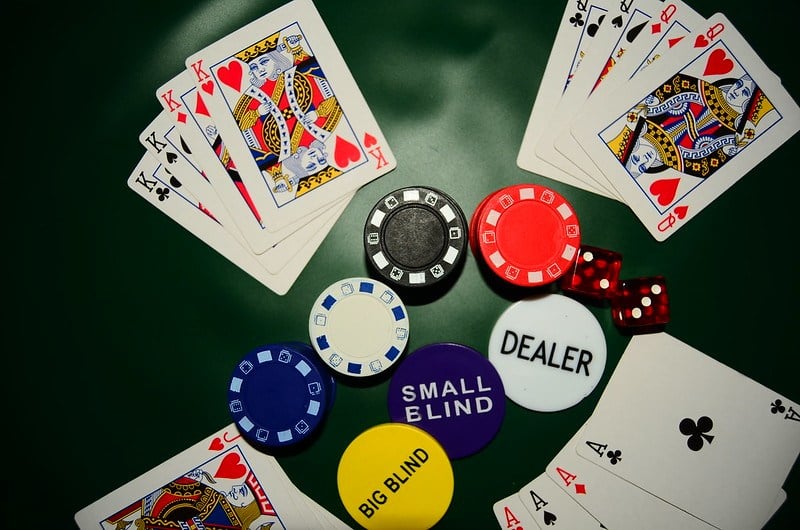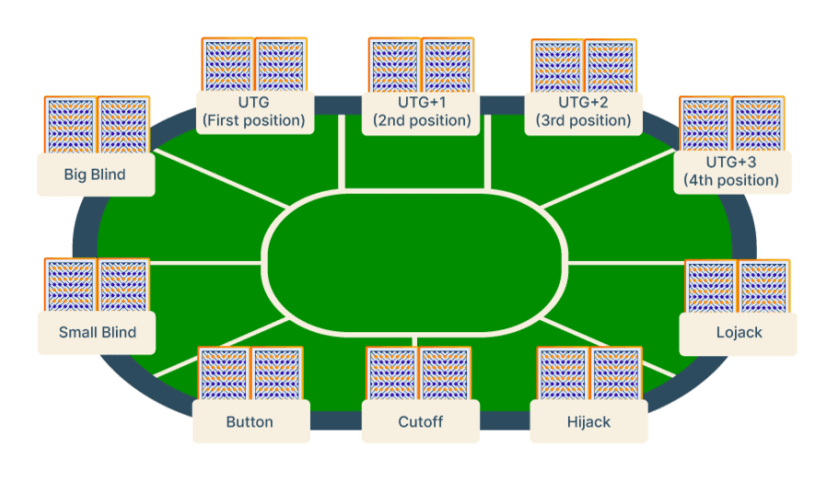Understanding Straddles in Poker: What They Are and When to Use Them

Introduction to Straddling in Poker
A straddle in poker is an optional wager made before the cards are dealt, where a player places an extra blind-often equivalent to twice the big blind-without seeing their hand. This guide breaks down exactly what a straddle does, how it affects the dynamics of a game, and offers advice on when it makes sense to use this strategy, as well as times you should absolutely avoid it.
Defining the Straddle: What Does It Mean?
In poker, a straddle acts as a voluntary extra blind bet. For example, in a Texas Hold'em cash game set at $1/$2 stakes, the player to the left of the big blind can choose to post a $4 straddle before the cards are even dealt, effectively doubling the biggest forced bet at the table.
The term “blinds” refers to the mandatory bets made by the two players immediately to the left of the dealer button each hand. The small blind posts the smaller amount, while the next player, the big blind, posts the larger amount-both before seeing any cards. A straddle introduces an optional, even larger blind, ramping up action even before play begins.

Blinds are called “blind” because players must act without knowing their cards. The straddle extends this concept-putting more chips on the table before cards are dealt, which can quickly escalate the stakes of the game.
The Mechanics: How Straddles Work in Practice
Let’s look at a typical straddle scenario:
- In a $1/$2 game:
- Small blind: $1
- Big blind: $2
- Under-the-gun (UTG) player straddles: $4
All these bets are placed before any cards are dealt. The action then unfolds starting with the next player after the straddle. Some poker rooms allow multiple straddles, such as a double straddle ($8 in the $1/$2 example) or, in rare occasions, even a triple straddle.
In higher stakes games, such as $5/$10, a single straddle becomes $20. If you want to straddle, you must announce your intention to the dealer before the first card is dealt-typically by pushing out the chips for your straddle and making eye contact with the dealer to confirm.
Once a straddle is in place:
- The straddle amount becomes the new minimum bet preflop.
- The betting and the size of the pot both escalate, often making for bigger, more volatile hands.
Who Is Allowed to Straddle?
Straddle rules vary by casino and poker room, so always ask about the house policy before you sit down. The most common straddle comes from the player “under the gun” (immediately left of the big blind). This player announces and posts a straddle, and play resumes with the next person in sequence.
Some venues also permit “button straddles” (often called a Mississippi straddle), which allows the player on the dealer button to post a straddle as well. In rare cases, the straddle can be placed from any position at the table.
If multiple players wish to straddle (UTG and the button, for example), the specific protocol-such as whose straddle takes precedence-will depend on house rules. To clarify before playing:
- Ask if the room allows straddles.
- Find out where straddles are allowed (UTG, button, or any position).
- Confirm who acts first preflop after a straddle.
Here’s what you’ll encounter in most poker rooms:
- Under-the-gun straddles are the norm.
- The preflop action begins with the player to the left of the straddler.
Button straddles reverse the action order; in this case, the small blind typically acts first. Because rules can be nuanced, consult the dealer or floor supervisor any time you’re unfamiliar with the setup.
Reasons to Straddle: Advantages and Disadvantages
Before choosing to straddle, it’s essential to weigh the advantages and disadvantages.
Benefits of Straddling:
- Increases the stakes and can encourage greater pot sizes.
- Promotes a lively, social game-some players use straddles to create a looser, more fun environment.
- Can provide an edge against inexperienced opponents who are in the blinds, especially if you have positional advantage.
- When straddling under the gun, you relinquish the preflop first act-letting you see opponents' choices before you decide how to play.
Drawbacks of Straddling:
- If you miss strong starting hands, you risk consistently losing chips.
- The increased stakes mean higher variance, especially if you or other players are shallow-stacked.
- Reduces stack depth, leading to more “all-in” confrontations and a more luck-driven game.
- In games where everyone has limited chips, frequent straddling can effectively halve everyone’s practical stack sizes, reducing room for skillful play.
For example, in a $1/$2 game where stacks are $100 apiece, that’s 50 big blinds. If the table is straddled to $4, effective stacks drop to 25 big blinds.
When to Straddle-and When to Avoid
Choosing the right moment to straddle is critical for maintaining an edge.
When to avoid straddling:
- When you or other players are short-stacked, as reduced stack sizes limit post-flop maneuvering and increase variance.
- If your goal is to minimize luck and leverage your skill advantage.
Smart times to consider straddling:
- If the table culture leans toward action and you want to blend in socially.
- When you hold a seat with a clear edge, such as button straddles (where you act last post-flop).
- Against weaker or more passive players seated in the blinds, an under-the-gun straddle can help isolate them in bigger pots.
Notably, button straddles are especially powerful because you maintain positional advantage throughout the hand, making your decisions with the most information available. Many casinos disallow button straddles for this reason-they give competent players too much edge. Under-the-gun straddles, in contrast, are less advantageous unless you have specific, strategic motives (such as targeting weak blind players).
Is Straddling Permitted in Poker Tournaments?
Straddling is virtually unheard of in tournament play. Tournament chips are more valuable than in cash games, and reckless betting (which includes straddling) can be detrimental to your longevity. Additionally, straddling is typically against tournament rules. Even if you are the chip leader at your table, the opportunity to straddle simply isn’t presented.
Conclusion: Straddle Strategically
The straddle is a unique feature of cash game poker, allowing players to raise the stakes and add unpredictability before the cards are even dealt. While it can energize a table and create bigger pots, it isn’t always a wise move for your bankroll or overall strategy. Use straddling sparingly-ideally when you hold a tactical advantage, have deep stacks, or want to liven up the action. Most importantly, always clarify house policies on straddles before playing, and avoid using this tool in tournaments where it’s not allowed.













